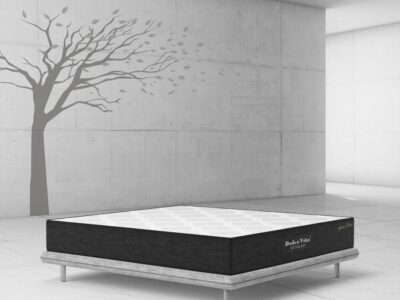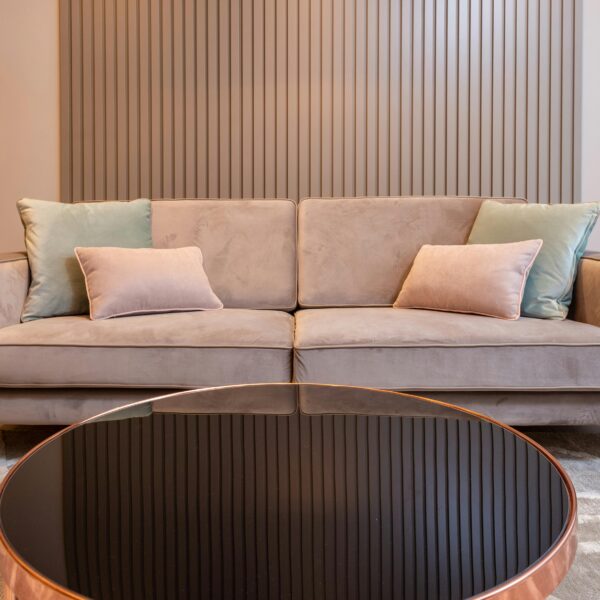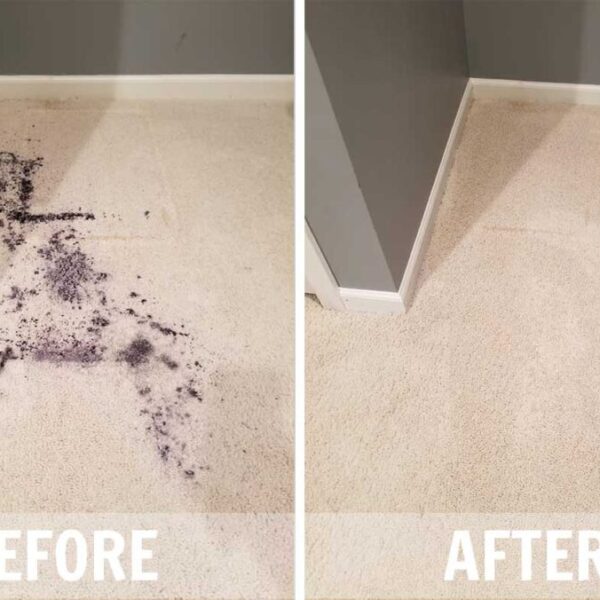
Choosing the right paintbrush for a project can significantly impact the quality of the finish and the ease of the painting process. With various types of brushes available, it’s important to understand their features and uses to select the best tool for your specific needs. Here’s a comprehensive guide to help you choose the right paintbrush for your project, covering aspects such as bristle types, brush shapes, sizes, and handles.
1. Bristle Types
The type of bristles on a paintbrush affects the finish and the kind of paint it works best with. There are three main types of bristles:
a. Natural Bristles
Natural bristles are made from animal hair, such as hog or badger. They are ideal for oil-based paints, varnishes, and stains because they hold and release paint smoothly, providing a glossy finish. They can absorb water, so they’re not suitable for water-based paints as they can become limp.
b. Synthetic Bristles
Synthetic bristles, often made from nylon or polyester, are versatile and can be used with both water-based and oil-based paints. They resist absorption of water, making them suitable for latex paints. They also maintain their shape and stiffness over time, providing a smooth finish with less brush marks.
c. Blended Bristles
Blended bristles combine natural and synthetic fibers, offering the benefits of both. They are durable and versatile, suitable for a range of paints, including latex, oil-based, and acrylics. They provide good paint pickup and release, making them a popular choice for many projects.
2. Brush Shapes
The shape of a brush affects the application technique and the area coverage. Here are the most common shapes:
a. Flat Brushes
Flat brushes, also known as wall brushes, have a straight edge and wide, flat bristles. They are perfect for covering large, flat surfaces like walls, ceilings, and doors. They hold a good amount of paint and provide a smooth, even finish. Flat brushes are also great for cutting in edges and corners.
b. Angled Brushes
Angled brushes, or sash brushes, have bristles that are cut at an angle. This shape makes them ideal for painting trim, corners, and edges with precision. They are also useful for cutting in along ceilings and baseboards. Angled brushes allow for more control, especially in tight or detailed areas.
c. Round Brushes
Round brushes have a cylindrical shape and are typically used for detailed work, such as painting small trims, moldings, and furniture. They are excellent for creating decorative effects and intricate designs. The round shape allows for precise control and the ability to reach small or curved areas.
d. Fan Brushes
Fan brushes have bristles spread out in a fan shape. They are used primarily for blending and creating soft textures, often in faux finishing techniques. They are not typically used for regular painting projects but are useful for creating artistic effects.
3. Brush Sizes
Brush sizes vary and are chosen based on the size of the area being painted and the level of detail required. The width of the brush is a key factor:
a. Small Brushes (1-2 inches)
Small brushes are ideal for detailed work, such as trim, windows, and corners. They are also useful for touch-ups and small projects where precision is essential.
b. Medium Brushes (2.5-3 inches)
Medium brushes are versatile and can be used for a variety of tasks, including painting doors, cabinets, and medium-sized furniture. They provide a good balance between coverage and control.
c. Large Brushes (4 inches and above)
Large brushes are best for covering large surfaces like walls, ceilings, and large pieces of furniture. They hold more paint and can cover more area quickly, making them efficient for big projects.
4. Handle Types
The handle of a paintbrush affects comfort and control. Handles come in various shapes, sizes, and materials:
a. Wooden Handles
Wooden handles are traditional and provide a comfortable grip. They are available in different shapes, including straight and contoured designs. However, they can be heavier than synthetic handles.
b. Plastic Handles
Plastic handles are lightweight and often ergonomically designed for comfort. They are easy to clean and can be more affordable than wooden handles. They are a good option for long painting sessions as they reduce hand fatigue.
c. Rubberized Handles
Rubberized handles offer a non-slip grip, making them ideal for precision work. They are comfortable to hold, especially during extended use. The rubber grip can also reduce hand strain.
5. Special Considerations of Paintbrush
When selecting a paintbrush, consider the following factors:
a. Quality and Durability
Investing in high-quality brushes can make a significant difference in the outcome of your project. Quality brushes hold more paint, provide a smoother finish, and are less likely to shed bristles. They also last longer, making them a better long-term investment.
b. Project Specifics
Consider the type of paint and surface you are working with. For example, synthetic bristles are better for water-based paints, while natural bristles work well with oil-based paints. The surface texture, whether smooth or rough, can also dictate the type of brush needed.
c. Care and Maintenance
Proper care and maintenance of paintbrushes extend their lifespan and maintain their performance. Clean brushes thoroughly after each use according to the paint type (water or oil-based). Store them properly to avoid damage to the bristles.
Conclusion
Choosing the right paintbrush for your project involves understanding the types of bristles, shapes, sizes, and handle types that best suit your needs. By considering the specifics of your project, including the type of paint, surface, and level of detail required, you can select the perfect brush to achieve a professional and high-quality finish. Investing in the right tools and maintaining them properly ensures better results and a more enjoyable painting experience.










